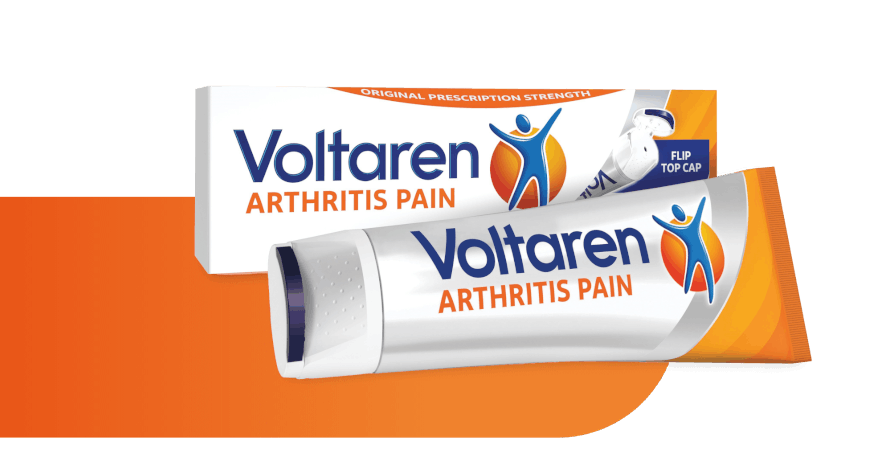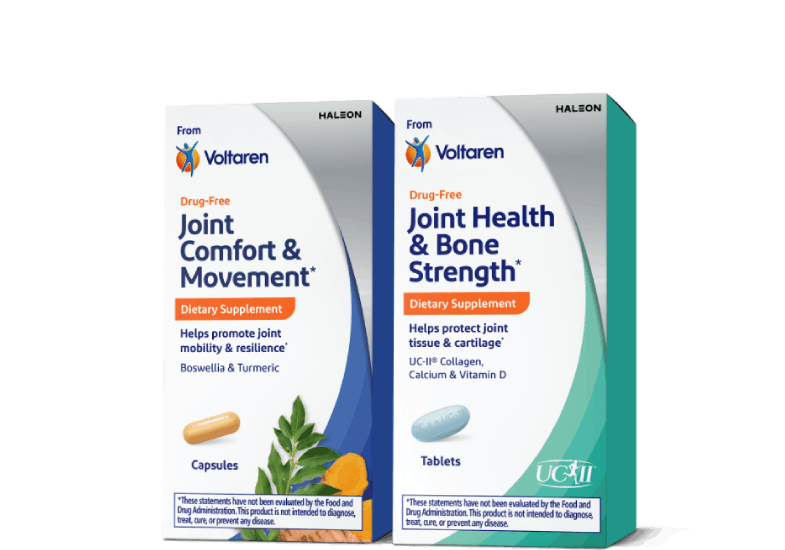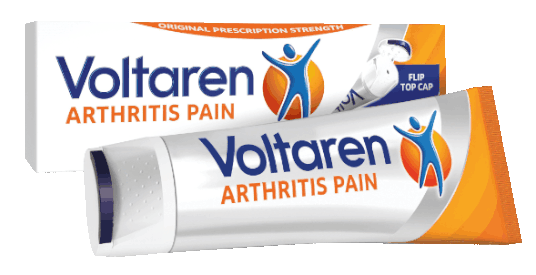What Is Arthritis Pain? Where Does It Come From?
Discover the reasons you feel pain, how it travels through your body, and the quickest ways to get relief from arthritis-related pain.

Despite the millions of people around the world who feel pain every day, most of us know surprisingly little about what pain is and how it works. When your finger touches a hot stove, why does it take a few nanoseconds to pull your hand away? When your neck aches or knees throb while you’re sitting still, what’s really going on? And why does aching pain feel different than sharp or searing pain?
If you’re looking for some answers to pain-related questions, you’ve come to the right place. Here you can explore the nuances of understanding pain and learn about better ways to manage it.
What is Pain & Where Does it Come From?
Here’s what we know: pain is an interaction that’s synchronized between your nerves, spine, and brain.1 Your nerve cells carry messages from your skin, organs, and muscles to your spinal cord and brain in the form of an electrical current.1 This process begins when your nerve endings receive some sort of stimulus—usually not a pleasant one.
Chemical signals are then sent rapidly through the pain pathway—from your nerve endings, up your spine and to your brain. This process alerts your brain that some part of your body is experiencing an issue that needs some urgent attention and love.1 For example, if your hand rests on a hot stove, it will dispatch signals to various parts of your body, so that you pull your hand away.
Types of Physical Pain
Chronic pain is one of the most common conditions people experience. Generally, pain enters this category if it persists beyond the expected time of healing—typically more than 12 weeks.2 Ongoing joint pain or conditions like osteoarthritis are examples of chronic pain.
Acute pain, on the other hand, is short-lived and eventually goes away. So, if you accidentally cut your finger while pretending you’re the next Top Chef in your kitchen, don’t fret—painful injuries like these usually heal within a relatively short period of time.2
What Causes Arthritis Pain?
With arthritis pain, the damaged tissue in the body constantly releases chemicals that interact with the nerves, telling them to send pain signals to the brain. This “always on” feedback loop can cause permanent changes to the nerves in the spinal cord and brain over time, leading to chronic pain conditions.3
What Does Arthritis Pain Feel Like?
People with arthritis may experience the following symptoms in their joints:4
- Swelling
- Pain
- Stiffness
- Decreased range of motion
Arthritis pain can range from mild to severe. Arthritis pain can become worse over time, or it can stay the same for years.4
Why Do People Feel Arthritis Pain Differently?
Pain is uncomfortable, but it’s actually your body’s way of alerting you to danger. It might seem like the process of experiencing pain is universal, but in reality, feeling pain is very personal. The sensations you feel and the degree to which you feel them have a lot to do with your memory of past painful events, the source of your pain, and your general coping strategies.5 Talk to a doctor who can help pinpoint the root cause of your pain and create a treatment plan customized to your specific situation.5
There are over 100 types of arthritis.4 The type of arthritis you have can impact how you feel pain. For example, lumbar spine osteoarthritis can cause chronic lower back pain.2 Your current health can also affect how severe your joint pain is. Patients suffering from heart disease, diabetes and obesity reported more intense joint pain.4
Managing Arthritis Pain
The way you handle pain is an ongoing practice that depends on what caused it and how it is affecting you. For arthritis pain, natural ways to ease discomfort may include mindfulness-based stress reduction techniques, mild exercise, and a healthy diet. In addition to lifestyle modifications, prescription and over-the-counter medications , like Voltaren Arthritis Pain Gel, can also help reduce your arthritis pain. Talk to your doctor about the right arthritis treatment for you.
For better or worse, pain affects all of us at some point in our lives. By understanding what arthritis pain is and where it’s coming from, you can stay one step ahead of it.

The Impact of Pain Around the World
Our global survey takes a look at the impact that physical pain has on people's lives globally. See how pain impacts nearly everyone.
READ MORE

The Different Types of Arthritis
From osteoarthritis to rheumatoid arthritis and psoriatic arthritis -- every type of arthritis can impact the quality of life in people of all ages.
READ MORE
See How Voltaren Can Help
Save Money on Your Next Purchase.
Feel The Joy Of Movement
No matter the day, the hour, or what you’re doing, embrace the joy of movement with the help of specialized products from Voltaren: powerful gel for arthritis pain † or drug-free, dietary supplements for healthy joints.*

For Arthritis Pain Relief

For Healthy Joints*
†Use as directed. Voltaren is approved for treatment of arthritis pain.
Dietary supplements from Voltaren are not intended to treat arthritis pain.
*These statements have not been evaluated by the Food and Drug Administration. These products are not intended to diagnose, treat, cure or prevent any disease.



